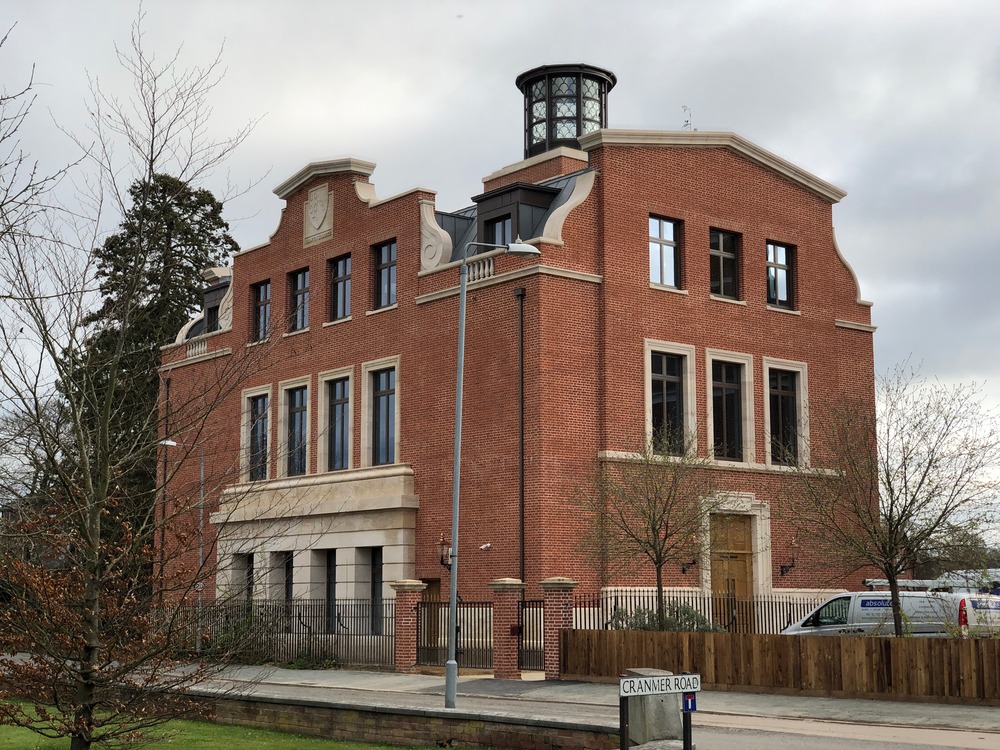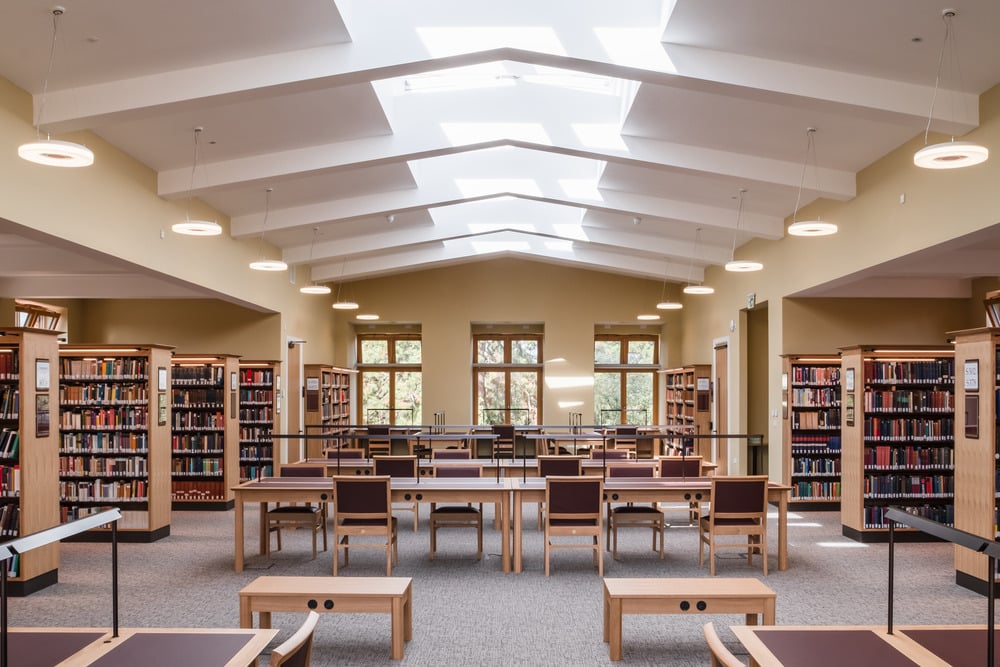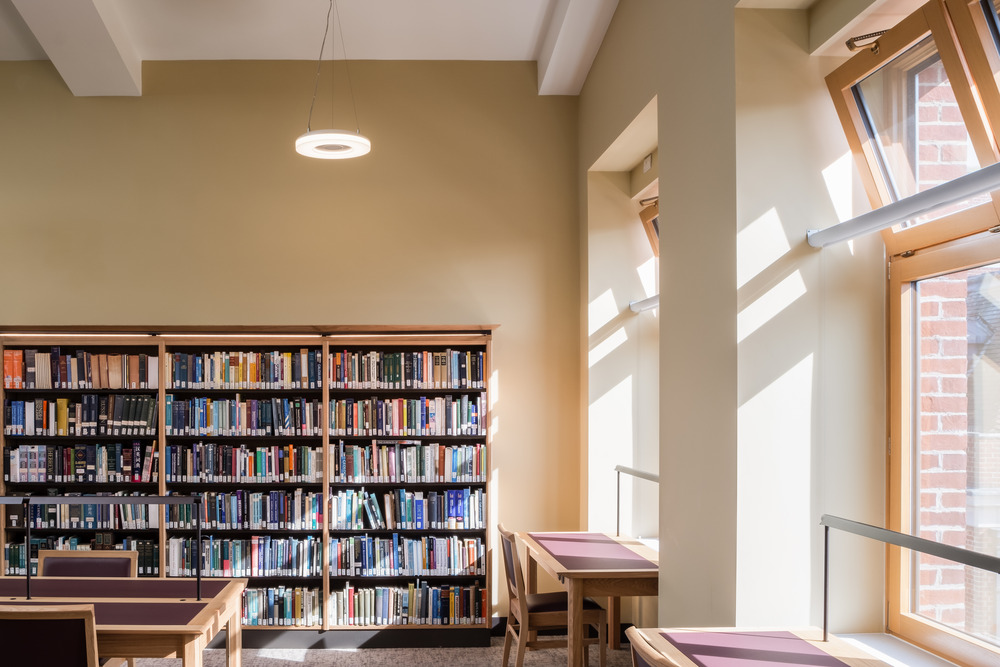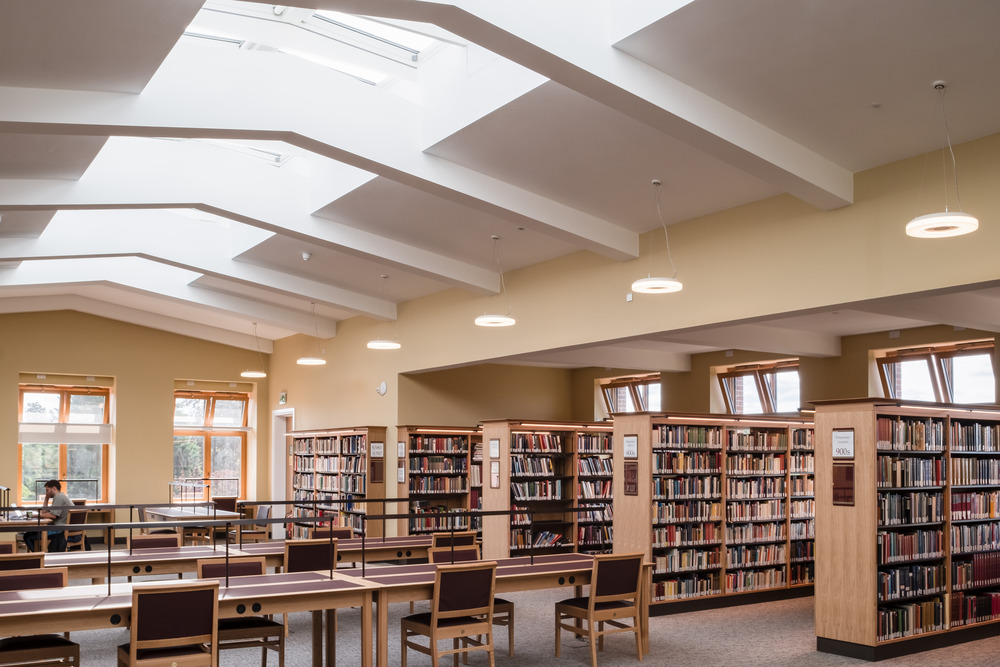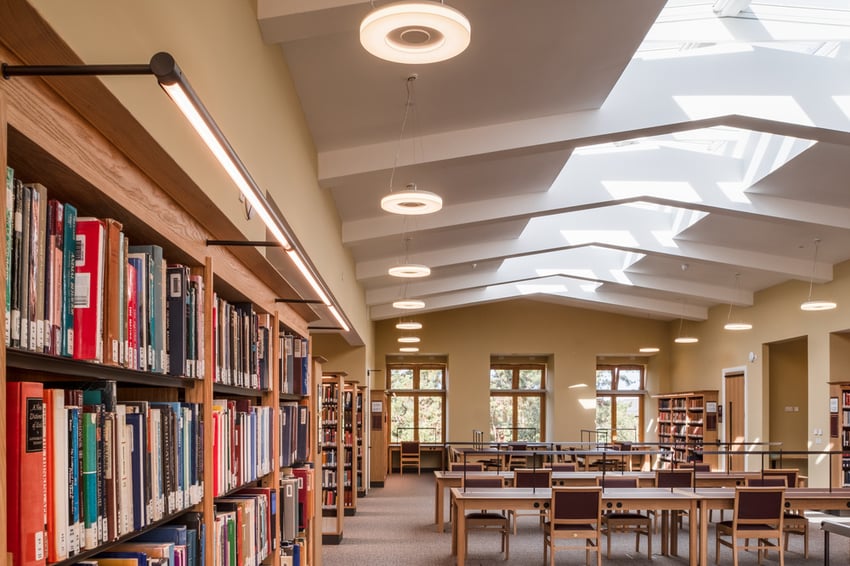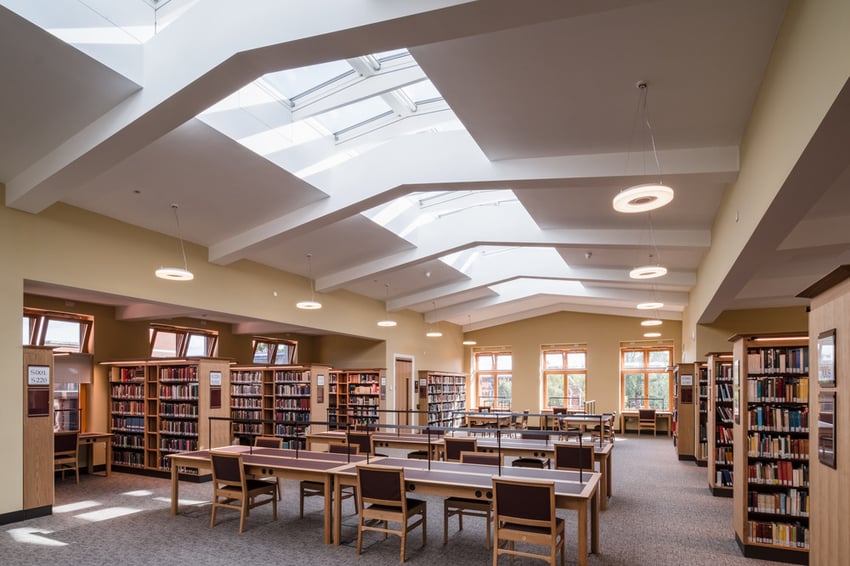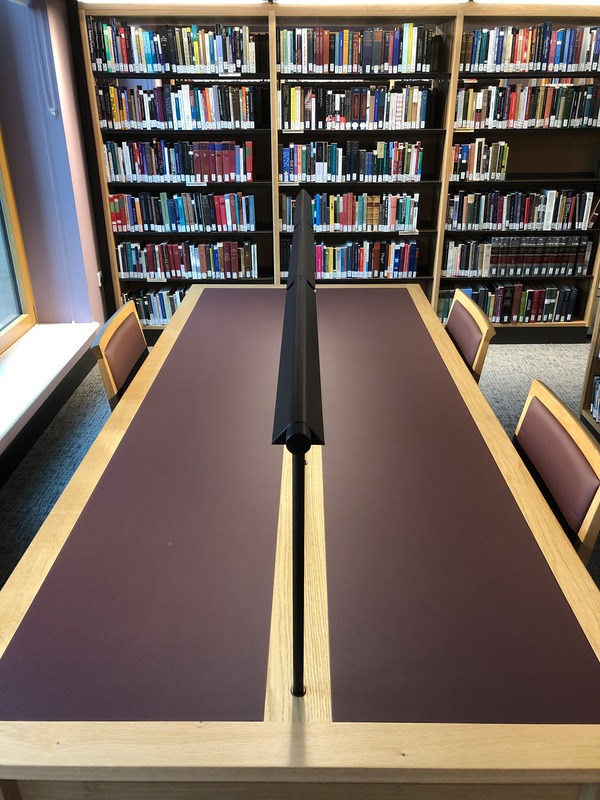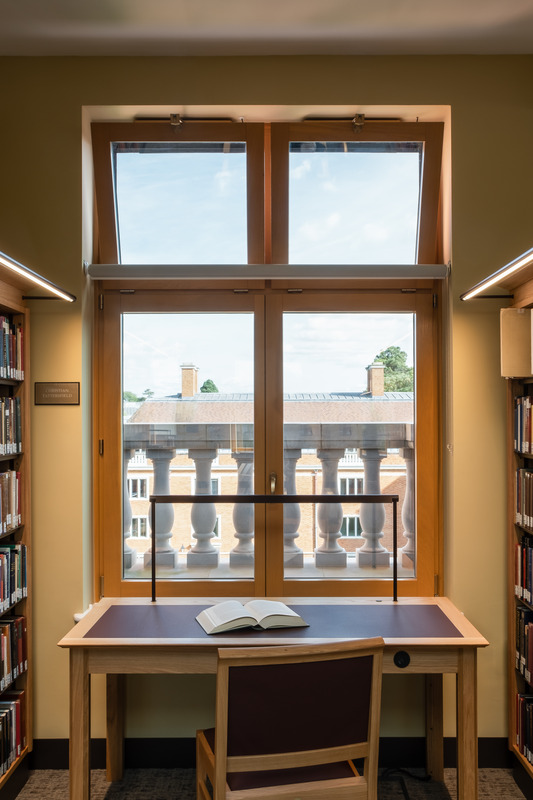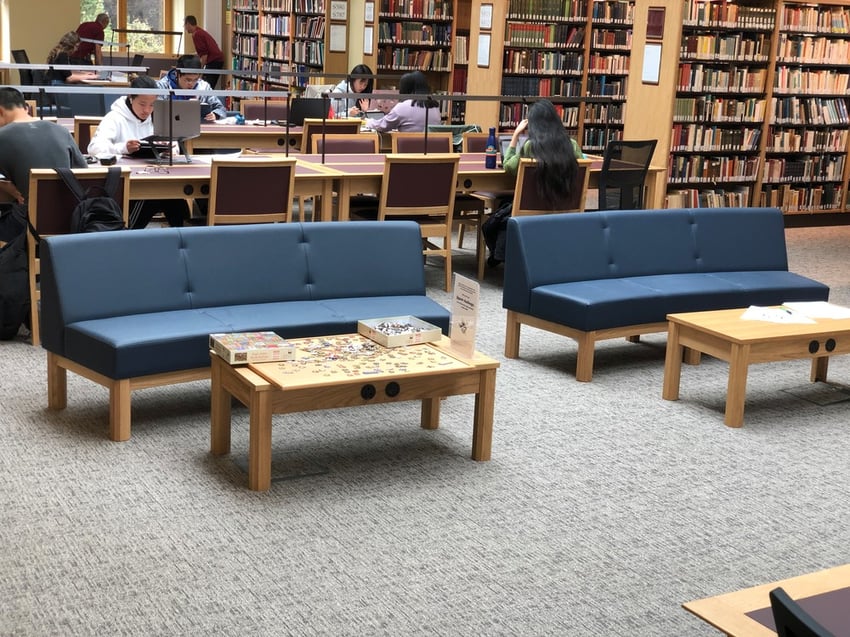The project is the latest in a series of school, college and university library furniture design projects. Over the last 30 years, Luke Hughes and Company has designed and made furniture for nearly 60 Oxbridge colleges and more than 20 major institutional libraries. These include the Supreme Courts in both London and Edinburgh, Yale University’s Sterling Library, the Cambridge University Library and the Institute of Criminology, Pembroke, Downing and Peterhouse (Cambridge) and St Hugh's, Keble, Brasenose, and Christ Church (Oxford). Major school libraries include Bedford, Bryanston, Charterhouse, Eton, Harrow, Highgate, Oundle, Reigate, St Edward’s, St Paul’s School, St Paul’s Girls School, and Keystone Academy in Beijing.
This project is now dedicated as The Bartlam Library, in recognition of particularly generous donations from Tom Bartlam (who studied Law at the college in the mid-sixties), along with more than 1,000 other individual donors. During the construction programme, it was a great pleasure to welcome the College’s Development Director, Mike Nicholson, and the donor, Tom Bartlam, to one of the workshops to see, amidst saw-dust and leather upholstery, some of the furniture being made and meet those who put it together.

